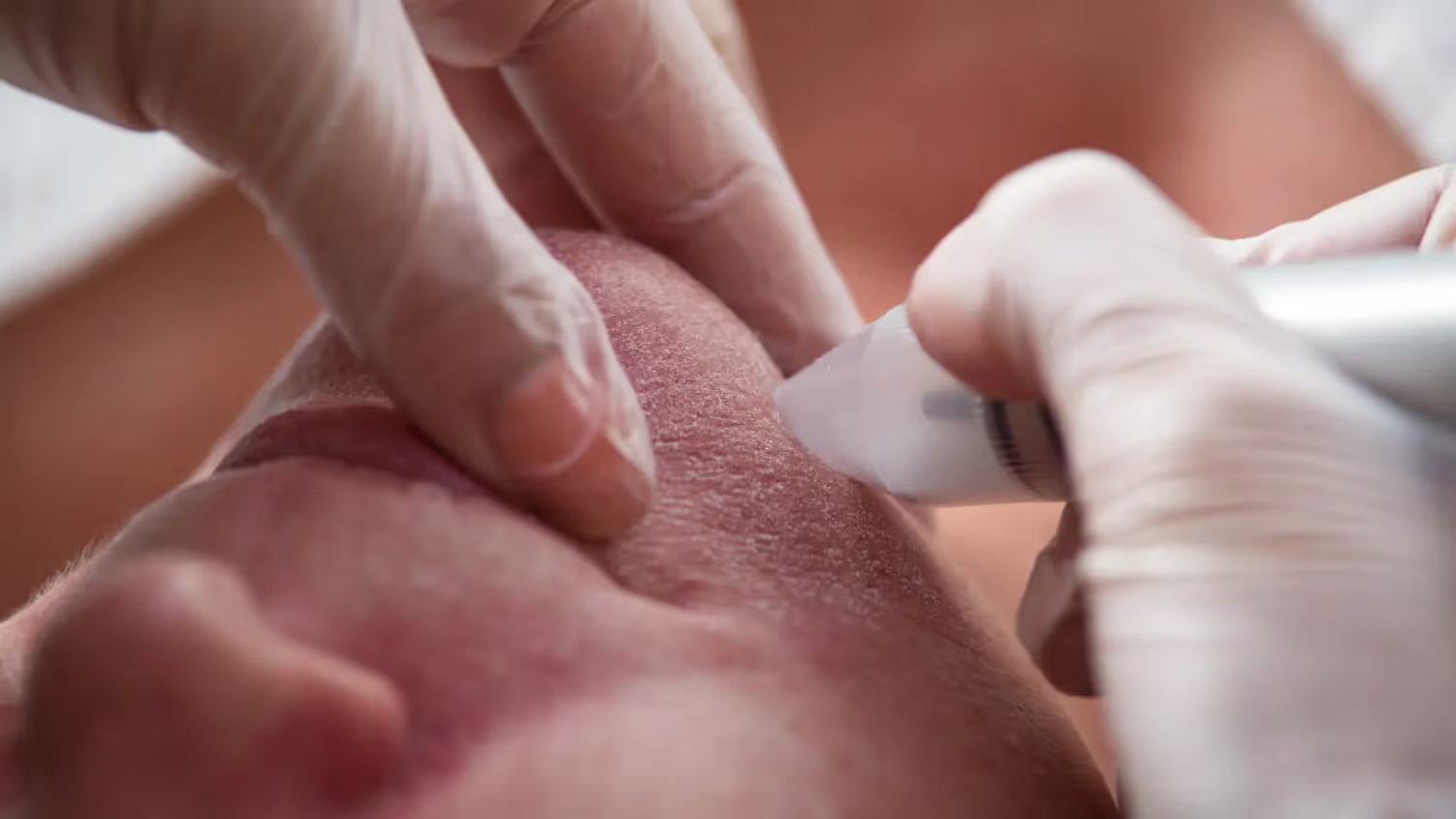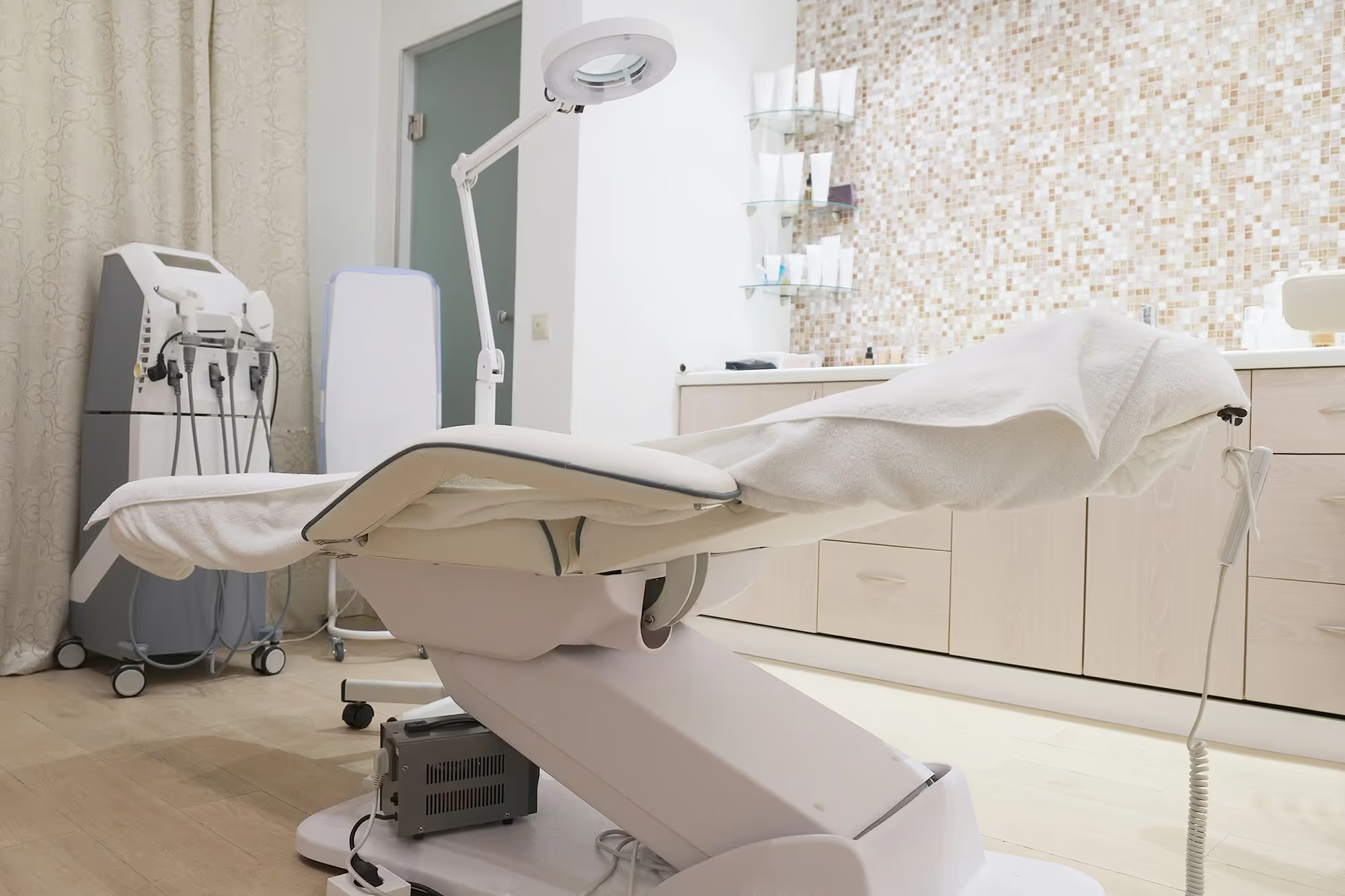When selecting treatments for their medical spa, savvy owners need to evaluate a wide range of considerations. Versatility is paramount: services that address multiple skin issues can draw more customers, resulting in a better overall return on investment. Cost-effectiveness is also an essential factor for new businesses with limited capital. Microneedling can be an excellent service for your med spa from day one as it has low startup expenses while providing successful solutions to various skincare issues.
Collagen may seem like a buzzword used only by the skincare and beauty industry. Still, as a naturally occurring protein that maintains skin health and elasticity and provides a youthful appearance, it is vital to know ways to induce collagen production.
Microneedling has become increasingly popular due to its impressive capacity to provide transformative skin results with minimal discomfort and downtime. Using no drugs or chemicals, Microneedling helps the body produces its own collagen, restoring the skin's natural appearance and flexibility. That's why microneedling is also known as collagen induction therapy.
While many at-home microneedling options are available, it is still a great idea to invest in professional microneedling systems as part of your service offerings. Professional microneedling offers a variety of advantages compared to DIY options—including increased safety, improved aesthetic outcomes, and a more comprehensive approach to skin renewal.
This article will explain how microneedling works and why offering this service at your medical spa can be beneficial. Ready to dive right into discovering the potential of microneedling? Keep reading for more details.
- Related article: Staying Ahead of the Game: 10 Most Popular Medical Aesthetic Procedures
What is microneedling?
Microneedling is a minimally-invasive cosmetic procedure that uses tiny sterilized needles to prick the skin. These small micro-injuries induce the skin's natural healing process and promote collagen production. Collagen helps to tone, smoothen, firm, brighten, and rejuvenate the skin.
Microneedling is a safe and effective treatment for scars and wrinkles, effective as either a standalone or a combination treatment, used with other procedures and topical products. While comparable to other skin treatments, many customers prefer microneedling because of shorter downtime and minimal side effects.
For example, a 2016 Journal of Dermatologic Society study compared it with fractional laser treatment, another known procedure for treating wrinkles and scars. The study concluded that both treatments offered similar results, but microneedling had fewer side effects and a shorter recovery time. Another study found that microneedling is safer for people with darker skin (Fitzpatrick skin types IV to VI) because it carries less risk of scarring and dyspigmentation (discoloration).
What conditions can microneedling treat?
Microneedling can treat a range of cosmetic and medical conditions. These include:
- Acne
- Mild scars, including acne scars, burns, and surgical scars
- Large pores
- Loose, thin skin
- Sun damage
- Skin discoloration
- Uneven skin tone
- Fine lines and wrinkles
- Hair loss (Alopecia)
- Excessive sweating (hyperhidrosis)
- Rosacea
Most customers seek microneedling treatment on the face, but it can be administered to different areas of the body. In particular, microneedling reduces the appearance of stretch marks in other areas, such as the thigh or abdominal regions.
Sometimes, healthcare providers may use it to open the skin for better application of medications.
Related: Plasma Fibroblast Therapy: What is Plasma Pen & How Can I Add it to my Med Spa?
How long does microneedling last?

Results depend on the severity of the skin condition, body area, the skill of the professional performing it, and the treatment plan used. Moreover, each person's skin is different. Factors like age can also play a role in determining how fast a person can see results from microneedling.
While many people see immediate results following the session, the body initiates collagen production within a week. The effects can last for three to six months after the treatment.
How many microneedling sessions does a patient need?
Microneedling is not permanent. The number of microneedling sessions a patient needs can vary depending on the individual's skin condition and desired outcome.
Three to six sessions spaced two to six weeks apart are recommended for optimal results. However, some patients may require additional sessions depending on the severity of their skin condition. We recommend that every patient consult a skin care expert to determine the appropriate treatment plan for their skin and condition.
Is at-home microneedling effective?
First, only licensed professionals should perform microneedling. By its nature, the process creates tiny skin wounds, creating a pathway for bacteria without proper administration and aftercare.
There are many at-home microneedling or dermarolling devices on the market. However, these devices only penetrate superficially, while professional machines can go deeper (up to 2 to 3 millimetres deep).
At-home devices also dull quickly and are difficult to clean and maintain. According to the American Academy of Dermatology Association (AADA), using dull needles is unsafe and may lead to injury and infection.
For best results, a customer should look for professional microneedling providers who use advanced equipment with adjustable needle depths to meet the customer's needs.
Who can perform microneedling?
The US Food and Drug Administration (FDA) regulates some microneedling products as medical devices. In most states, dermatologists and plastic surgeons perform microneedling.
However, some states allow other licensed healthcare providers adequately trained and supervised by a doctor to administer the procedure. These include nurse practitioners (NPs), physician assistants (PAs), and registered nurses (RNs).
Many states do not allow aestheticians to perform microneedling. Some allow licensed aestheticians to perform medical procedures under the supervision and delegation of a physician.
Other states, like Florida and Washington State, allow master aestheticians to perform it, provided that the needle depth does not exceed 1.5 mm. Beyond that point, the procedure must be supervised by a physician.
Is microneedling a lucrative treatment for a med spa?
As with other non-invasive skin treatments, the popularity of microneedling therapy continues to rise. Experts predict that its global market, valued at USD 472.34 million in 2020, will surge by 7.9% from 2021 to 2028!
In the United States, clinics typically charge their customers around $200 to $700 per session, depending on the treatment area. A typical microneedling session lasts from 10-20 minutes. Based on this information, a spa focusing on microneedling could bring in revenues between $600 and $4200 per treatment room.
Beyond the potential per treatment revenue, an individual's treatment plan will often comprise several sessions, assuring return patients and muli-treatment income.
In summary
Microneedling is an effective, safe, and affordable treatment for various skin concerns. With 67% of Americans uncomfortable with their skin, it's no wonder why this treatment has exploded in popularity.
Adding Microneedling to your med spa's treatment options can help you serve more customers faster, contribute to recurring customers, and improve profits for your business. While nothing is future-proof, microneedling has been around for decades, and many market experts predict its global market value to continue to grow over the coming years.
If you need help getting started, the Moxie team can help with everything from finding a suitable microneedling device to ensuring that your devices and treatment protocols comply with the regulations in your state. Contact us today to learn more! Learn More About Moxie and How We Can Help You Open Your Own Med Spa >
*This article is intended to provide a general guide on what professional licenses and conditions are needed to operate a practice or perform certain treatments. This information alone does not authorize, certify, or confer the ability of anyone to perform these treatments, practice outside their scope, or violate the corporate practice of medicine.
While based on currently available information, the rules and policies on scope of practice issues and ownership can, and do, change frequently. Specific training, education, supervision, protocol and regulatory requirements will differ depending on each person's situation in their state. Therefore, each person must examine their own professional situation, skill level, regulating board guidance, and scope of practice before proceeding.
You should not act upon this information without seeking knowledgeable legal counsel that takes into account the laws of your specific jurisdiction. All uses of the content of this site, other than personal uses, are prohibited.
When you're ready to take the next step in launching or growing your aesthetic practice, here are 3 ways Moxie can help:




